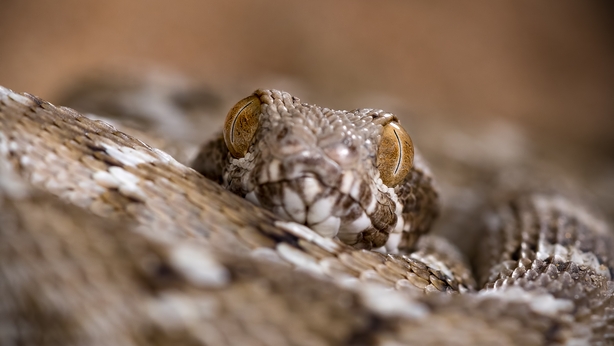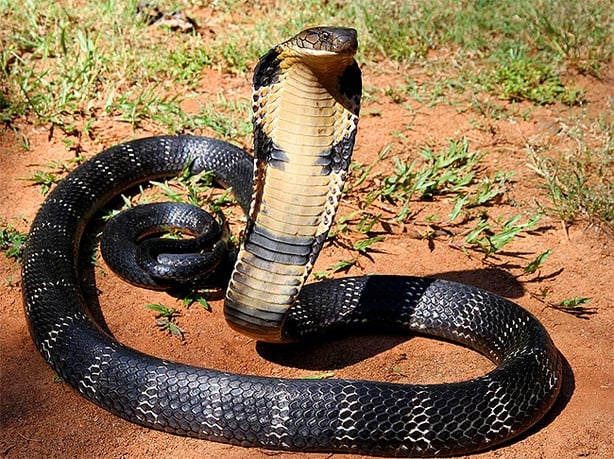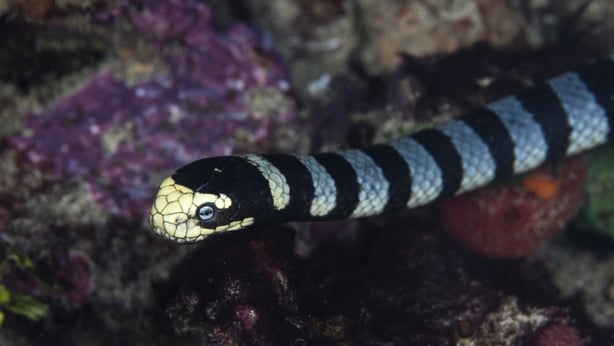Did you see the story of the saw-scaled viper found in an Offaly garden this week?!
RTÉ News heard how nine-year-old Fionn and his family were shocked to discover the creature, believed to have come all the way from India.
Luckily, everyone handled the situation really well as the snake is one of the most dangerous on the planet. James Hennessy, Director of the National Reptile Zoo, helped secure the animal and he is here to tell us about the viper and two more snakes to avoid at all costs.

The Saw-Scaled Viper (Echis carinatus)
Believed to be responsible for more deaths than any other species of snake combined across the world. Even though it's venom is not as potent as some snakes and it doesn't deliver large quantities when it bites, it is mostly due to its wide distribution and the fact that it is found in highly populated areas and is very quick to bite when touched. Unlike most snakes, it tends to rely on it's camouflage instead of fleeing if a person comes too close.
They feed mostly on lizards, invertebrates and small rodents. It is called a Saw-Scaled viper because it rubs its keeled scales together when alarmed, making a sawing sound to warn off predators.

The King Cobra (Ophiophagus hannah)
The longest of all venomous snakes, they can reach up to 5.5m. Females build nests where they protect their eggs until they hatch.
While they don't have a particularly potent venom, they deliver a large quantity in one bite, sometimes enough to kill up to 20 people. The venom is mostly neurotoxic, which means that it shuts down the nervous system of their prey after they bite it. The effects include paralysis and heart failure. The venom has been used to develop drugs to help with arthritis in humans.

The Banded Sea Krait (Laticauda colubrine)
This sea snake has one of the most deadly and fast acting venoms of any snake. Bites can cause death within minutes. However, it's a very docile snake and is very reluctant to bite, and so deaths attributed to this species are rare. They prey mostly on eels, which they catch and hold on to thanks to their fast acting venom.
The advice is that if you come across any snakes or exotic creatures in your garden or in the wild is to not touch it or try to handle it.
Call an expert like James Hennessy who will be able to manage the situation. He says that the snake is still with them in Kilkenny.
"It's been given all the appropriate environmental parameters and we’ll offer some food in another day or so. Once it’s settled in a bit, we’ll assess it and decide in a long term plan for it. It will most likely go to another institution in the UK or Europe."
